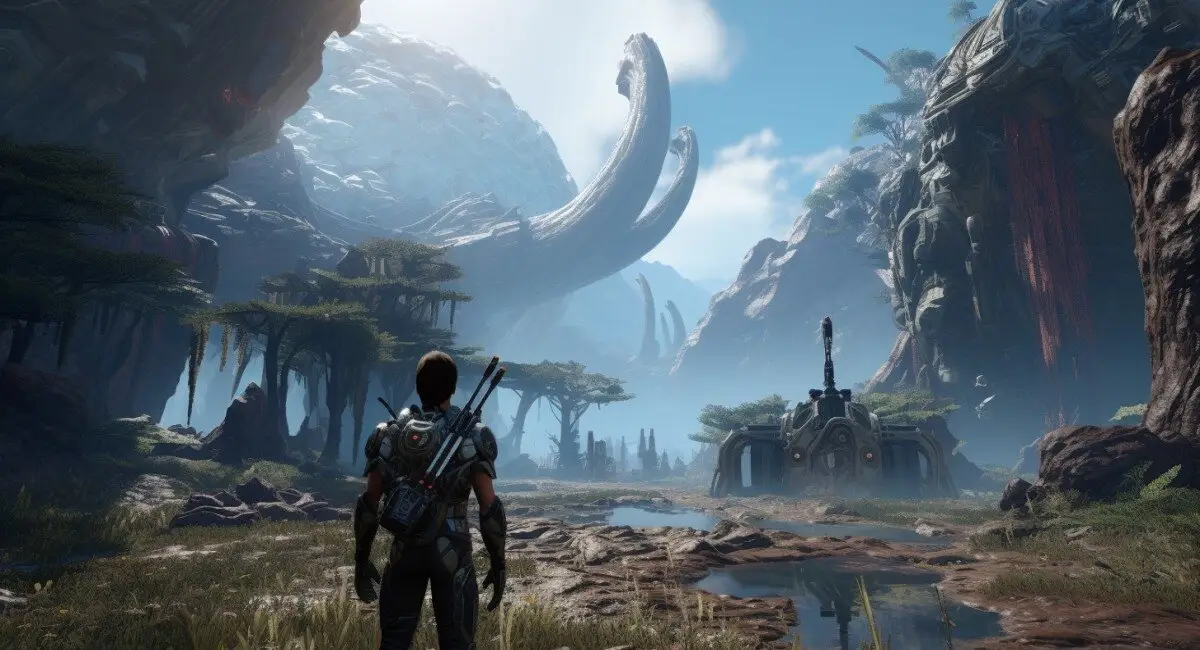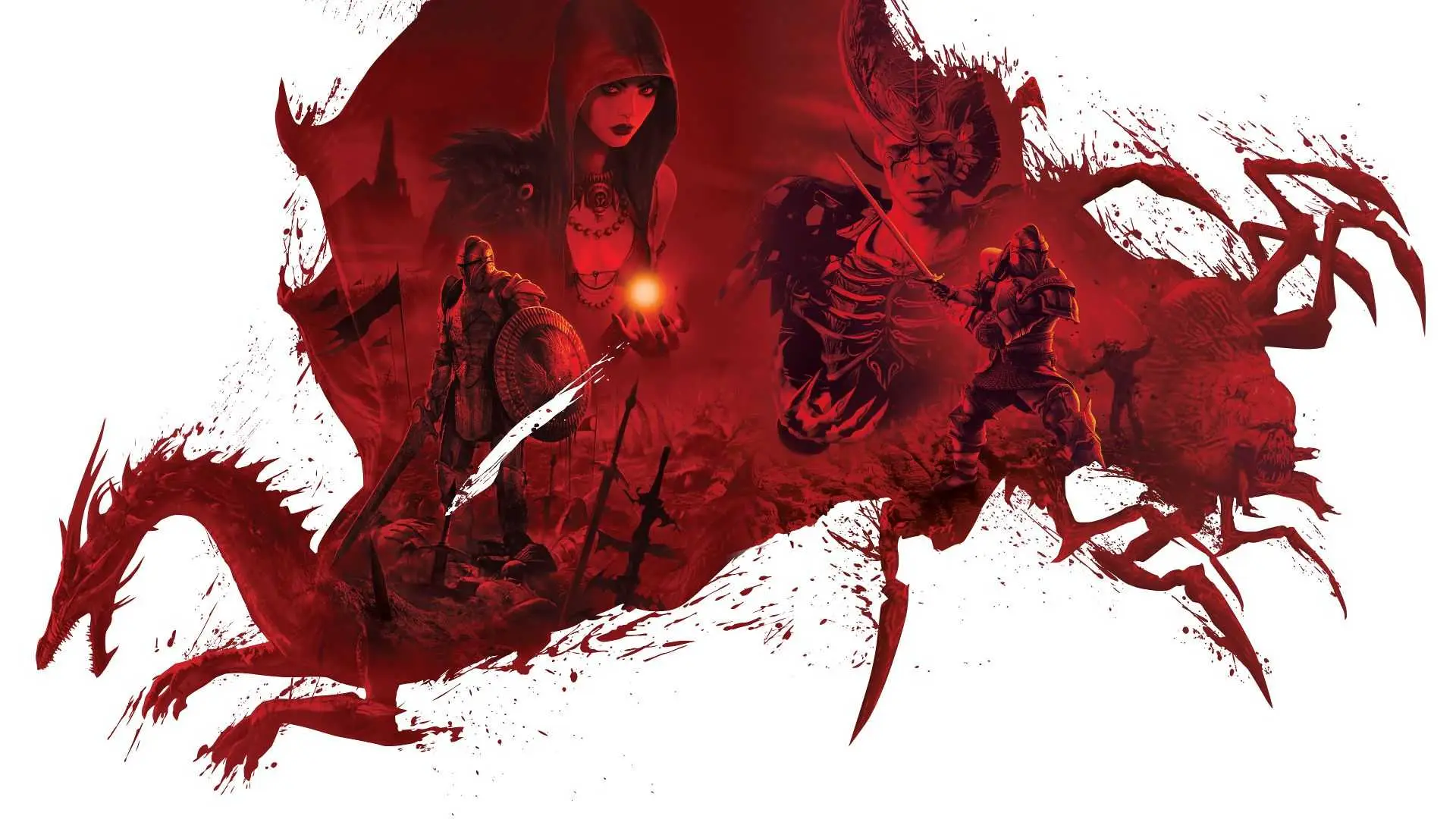Balance is a rarity in Genshin Impact. Some heroes burn arenas, others collect dust in the archive. But strong characters in Genshin Impact don’t just show high numbers. They define the meta, disrupt tier lists, and form the backbone of top squads.
How to distinguish a strong hero from a beautiful one
Powerful ultimates and special effects are just a visual background. In practice, victory comes from a combination of short animation, powerful attacks, and fast energy generation. That’s why strong characters in Genshin Impact are distinguished not by appearance, but by stable results in battles.

What makes a character strong:
- skill application speed;
- wide damage coverage (AOE);
- high base attack multiplier;
- role in the team and synergy with others;
- reactions the hero triggers;
- energy regeneration for the ultimate;
- support through buffs, heals, or shields.
Each of these factors enhances the combat value of the character, turning them into a stable combat unit regardless of visual appearance. When multiple parameters are combined, the hero doesn’t just deal damage — they control the course of the entire battle.
Top 10 strongest characters in Genshin Impact
This ranking is based on attack analytics, usefulness in teams, and resilience to various types of content, not subjective preferences. Each of the listed heroes has proven their effectiveness in battle, regardless of patches and meta changes.
- Raiden — Electro Archon, polearm. Energy generation, mass damage, ultimate shreds defense.
- Nahid — Dendro catalyst. Quick enemy marking, constant stimulation, mastery buff.
- Furina — buffer, healer, DPS in one package. Increases the overall power impact of the entire team.
- Ningguang — powerful hydro DPS, annihilates enemy groups in seconds.
- Al-Haytham — versatile DPS with high skill application speed.
- Kazuha — versatile support, element transfer, damage boost.
- Zhongli — absolute shielder, control, defense reduction.
- Xiangling — Pyro polearm user. Ultimate summons Guoba and circular fire, perfect synergy with Chongyun.
- Xingqiu — stable sub-DPS. Increases damage from normal attacks.
- Bennett — healer with buff, fits into almost any team.
Strong characters in Genshin Impact from this list work consistently even with limited resources. With minimal investment, each is capable of fulfilling key tasks in battle.
Novices in meta rankings
Strong characters in Genshin Impact are regularly added with updates. The meta shifts with the introduction of new heroes. An example is Arlequino. Aggressive style, Pyro element, weapon — one-handed sword. The mechanic requires self-damage to activate enhanced attacks. With the right build, it outputs up to 70% of the team’s total damage. Moreover, it doesn’t require a healer, freeing up a slot for an additional buffer or sub-DPS.
Underrated OP characters in Genshin Impact
Some heroes are underestimated due to visual simplicity or weapon rarity. However, in certain squads, they unleash their potential up to 100%. For example, Xiangling. Teamed up with Xingqiu and Bennett, she triggers constant vaporize reactions. Her ultimate launches a spinning fire vortex that deals damage every second, without requiring player control. This combination consistently clears Abyss Floor 12 with average artifacts.
How utility makes a hero strong
Strong characters in Genshin Impact bring not only harm but also utility. Versatility increases a hero’s value in the long run. Buffs, shields, heals, energy — everything affects rotation stability. Even with average damage, a character can become the core of the team if they accelerate ultimate generation, reduce cooldowns, or stabilize the group’s health. In this aspect, Raiden and Bennett remain leaders.
Tier list Genshin Impact
The overall Genshin Impact tier list helps to navigate, but it doesn’t reflect the individual characteristics of squads. For instance, Ningguang is in the S-rank due to versatility and interaction with most Electro and Hydro heroes. However, without the right build and artifacts, her effectiveness drops. The same goes for Raiden — without energy in the team, she loses part of her attacks. Therefore, only synergy determines real value.
Building a team with strong heroes
Building a team starts with choosing the core — DPS. Then a sub-DPS is selected, creating reactions and dealing additional damage. Next comes a support with buffs or heals. In case of high vulnerability, a shielder is added.
Example of a powerful team:

- DPS: Ningguang.
- Sub-DPS: Furina.
- Support: Zhongli.
- Healer/Buff: Bennett.
Such a squad provides constant damage, defense, healing, and enhancement. It fully covers all key parameters: energy, element, ability, role, reaction.
Choose your strong character in Genshin Impact
Strong characters in Genshin Impact are not just about high damage, but the right combination of elements, roles, and abilities. Squad optimization, energy calculation, ultimate timing, and resource allocation have a greater impact than rarity or visuals. A hero delivers results only with precise interaction tuning and clear rotation.
 en
en  ru
ru  de
de  ar
ar  es
es  hi
hi  fr
fr  nl
nl  it
it  pt
pt  el
el 









